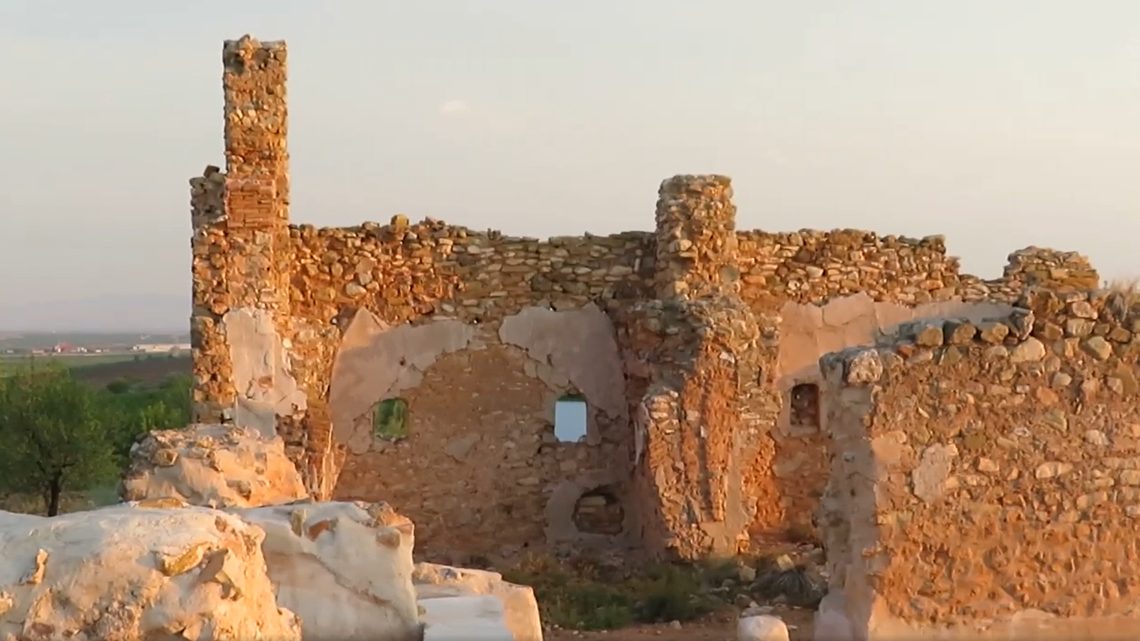The experts came to the conclusion that this was a dinosaur footprint after carefully scrutinizing the stone. Theropods, a family of medium-sized carnivorous dinosaurs, were thought to have left footprints similar to those seen, according to the researchers.

Representational Image. ANI
There are many items remaining hidden beneath the ground that contain many ancient secrets. Finding examples of ancient organisms that were previously present in the earth but are no longer there intrigues scientists. In order to learn more about the past, researchers carefully hunt for any evidence of animal or human habitation after excavating any ruins. A convent’s deteriorating stones were recently discovered by archaeologists in Spain’s lovely countryside.

While excavating the site, they ended up finding a rare dinosaur footprint. According to a news release brought out by the Museum of Natural Sciences of the University of Zaragoza on 31 January, the Santa Catalina del Monte convent in Cariena was a flourishing institution from the 1400s to the early 1800s. However, with time, the structure started to fall apart and eventually turned into ruins.
In 2021, archaeologists under the supervision of Eduardo Diez de Pinos López started the site’s excavation and restoration. While working, a certain stone caught Lopez’s attention. A strange three-toed shape that resembled a footprint was indented on the enormous limestone block, giving it an odd appearance. Some photographs of the tan-coloured stone were dropped on Facebook by the Museum of Natural Sciences of the University of Zaragoza.

According to specialists, the stone was probably used to build a convent wall in the 17th and 18th centuries. However, the rock wasn’t from the region and most likely, it was transported from Villanueva de Huerva, a town about 10 kilometres to the west where similar dinosaur footprints were discovered earlier.
Archaeologists decided to conduct additional research and invited some officials from the Museum of Natural Sciences of the University of Zaragoza to assist them in the process. After closely examining the stone, the scientists drew a conclusion that this was a dinosaur footprint. The researchers believed that the footprint resembled those of theropods, a family of medium-sized carnivorous dinosaurs. The stone where the footprint was imprinted is estimated to be 135–140 million years old.
The 600-year-old convent is still undergoing further restoration. While one wall is still standing, the rest of the building is completely in ruins.
Source: firstpost.com








